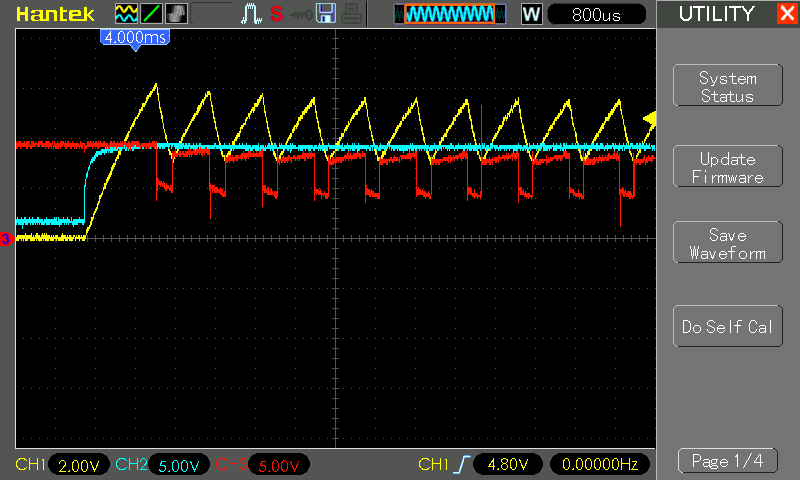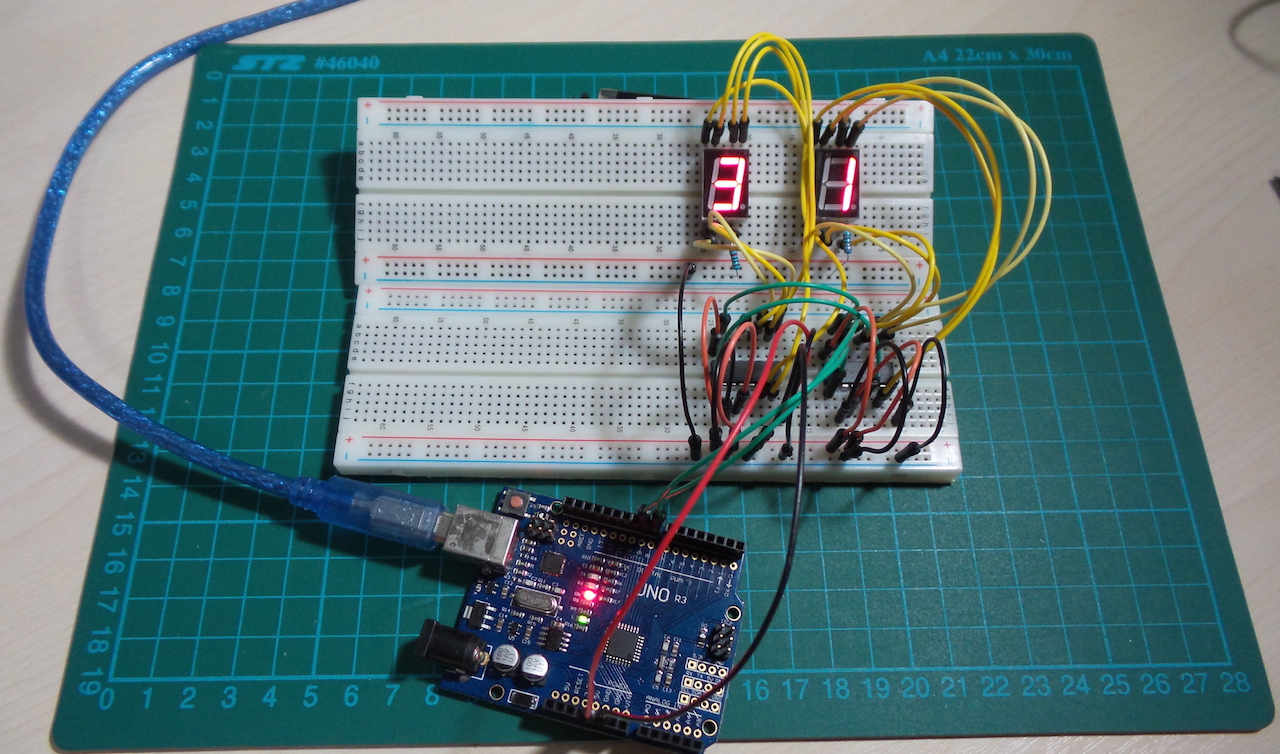Embedded: Specialization is for insects
embedded.fm has fast become my favourite podcast of the moment (always excepting
QOTD). Great ideas shared in an inclusive and warm-fuzzy
way.
Elecia's end-of-show quote always makes it worth listening right to the end. Until I heard #146's,
I'd struggled to find words to express exactly this. It's a quote from Robert A.
Heinlein:
A human being should be able to change a diaper, plan an invasion, butcher a hog, conn a ship, design a building, write a sonnet, balance accounts, build a wall, set a bone, comfort the dying, take orders, give orders, cooperate, act alone, solve equations, analyze a new problem, pitch manure, program a computer, cook a tasty meal, fight efficiently, die gallantly. Specialization is for insects.
read more and comment..
LEAP#201 Yet Another Doorbell
aka door-fart according to my better half ... 555 Timer-based oscillators are not exactly the most musical
creatures.
#201 is a kit build. Ridiculously cheap on
aliexpress, it even came with extra components, so a bit of a bargain impulse-buy.
The kit turned out to be a simplified version of a circuit I've built before. It lacks the power control circuit, and
draws about 4mA when idle - so if you actually use it, expect to be replacing batteries on a regular basis.
As always, all notes,
schematics and code are in the Little Arduino Projects repo on GitHub.
Here's the start of the "ding.." on a 'scope..
read more and comment..
LEAP#200 Mini Solenoid Engine
Solenoid engines? They definitely fall into the the category of because you can.
Some people take it to a whole other level (like this V8
model).
What I have here is much more modest - a single-cylinder engine powering an impromptu-wire-art drive train. The
mini-solenoid used here has a very small effective stroke - about 8mm - which necessarily constrains the gearing. I was
inspired by 30GB's similar model for the layout.
As always, all
notes, schematics and code are in the Little Arduino Projects repo on GitHub.
read more and comment..
LEAP#199 CD4026 Bucket-brigade LED driver
This is an extension if the ideas in #196,
demonstrating how it's possible to build a "bucket-brigade" of CD4026 chips to drive an arbitrary number of 7-segment
LEDs with a single data line.
It just requires the carry-out from the first CD4026 to be chained as the clock input for the second and so on.
As always, all notes,
schematics and code are in the Little Arduino Projects repo on GitHub.
read more and comment..



